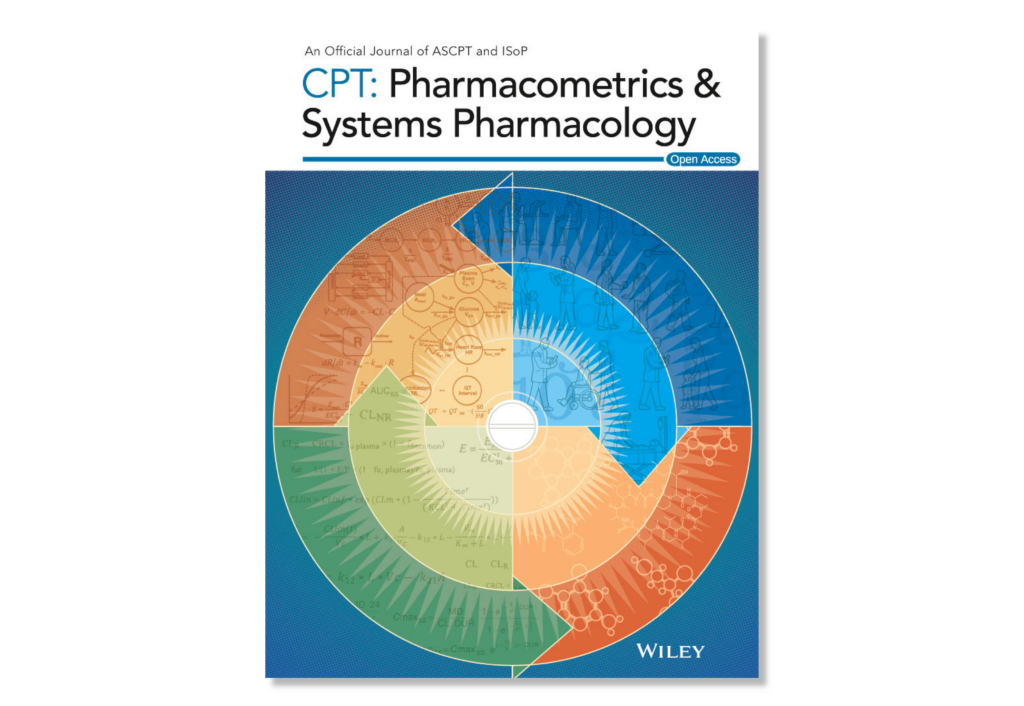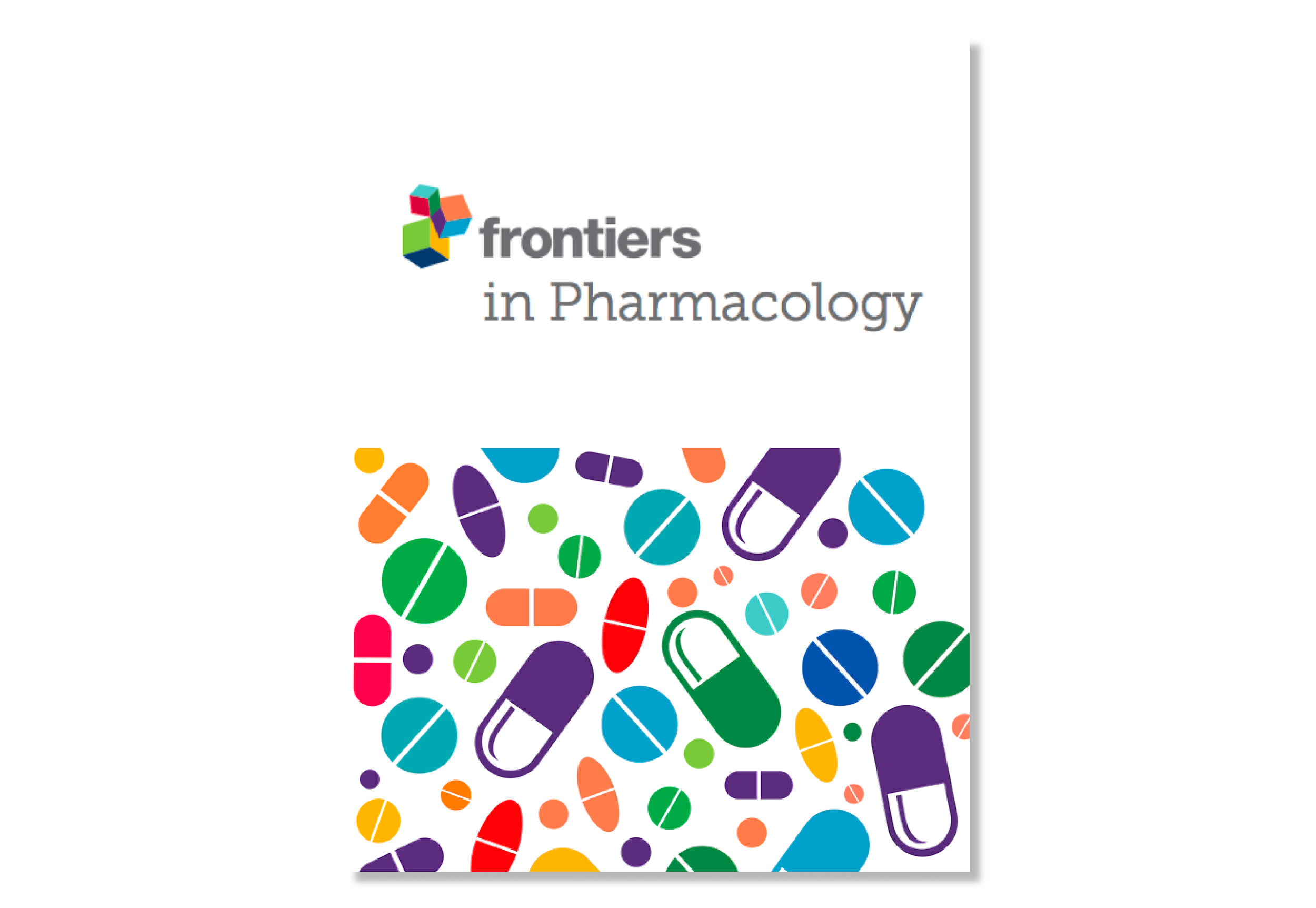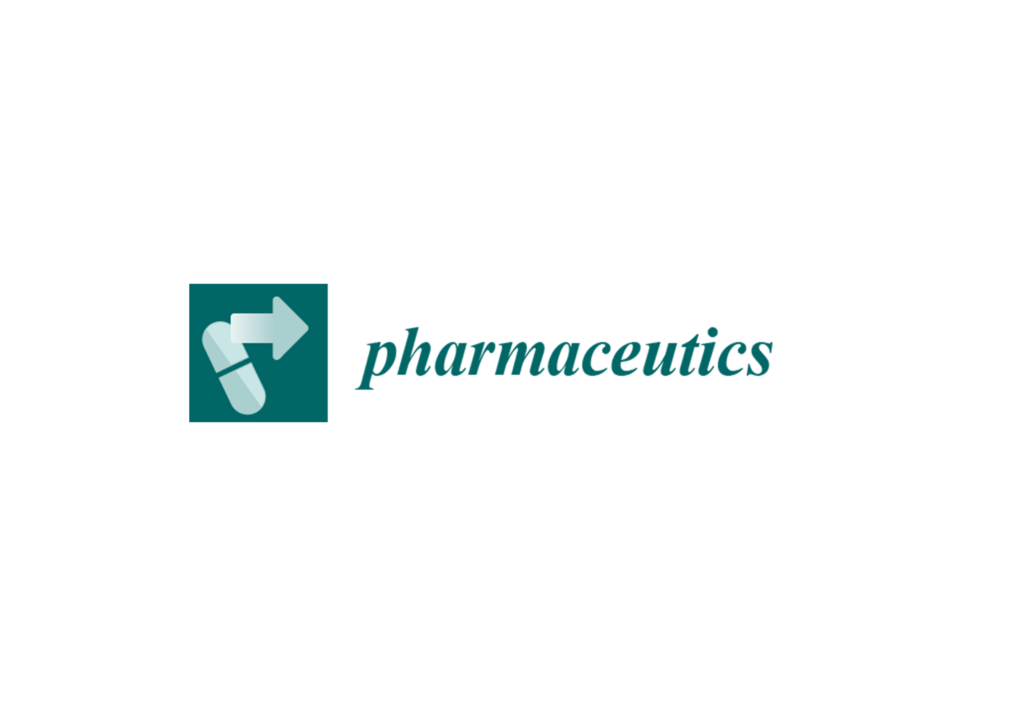

Assessment of a Model-Informed Precision Dosing Platform Use in Routine Clinical Care for Personalized Busulfan Therapy in the Pediatric Hematopoietic Cell Transplantation (HCT) Population
Introduction: Population pharmacokinetic (PK) studies demonstrate model-based dosing for busulfan that incorporates body size and age improve clinical target attainment as compared to weight-based regimens. Recently, for clinical dosing of busulfan and TDM, our institution transitioned to a cloud-based clinical decision support tool (www.insight-rx.com). The goal of this study was to assess the dose decision tool for the achievement of target exposure of busulfan in children undergoing hematopoietic cell transplantation (HCT).
Patients and Methods: Patients (N = 188) were grouped into cohorts A, B, or C based on the method for initial dose calculation and estimation of AUC: Cohort A: Initial doses were based on the conventional dosing algorithm (as outlined in the manufacturers’ package insert) and non-compartmental analysis (NCA) estimation using the trapezoidal rule for estimation of AUC following TDM. Cohort B: Initial doses for busulfan were estimated by a first-generation PK model and NCA estimation of AUC following TDM. Cohort C: Initial doses were calculated by an updated, second-generation PK model available in the dose decision tool with an estimation of AUC following TDM.
Results: The percent of individuals achieving the exposure target at the time of first PK collection was higher in subjects receiving initial doses provided by the model-informed precision dosing platform (cohort C, 75%) versus subjects receiving initial doses based on either of the two other approaches (conventional guidelines/cohort A, 25%; previous population PK model and NCA parameter estimation, cohort B, 50%). Similarly, the percent of subjects achieving the targeted cumulative busulfan exposure (cAUC) in cohort C was 100% vs. 66% and 88% for cohort A and B, respectively. For cAUC, the variability in the spread of target attainment (%CV) was low at 4.1% for cohort C as compared to cohort A (14.8%) and cohort B (17.1%).
Conclusion: Achievement of goal exposure early on in treatment was improved with the updated model for busulfan and the Bayesian platform. Model-informed dosing and TDM utilizing a Bayesian-based platform provides a significant advantage over conventional guidelines for the achievement of goal cAUC exposure.
Praveen Shukla, Srijib Goswami, Ron Keizer, Beth Apsel Winger, Sandhya Kharbanda, Christopher C Dvorak, Janel Renee Long-Boyle. Assessment of a Model-Informed Precision Dosing Platform Use in Routine Clinical Care for Personalized Busulfan Therapy in the Pediatric Hematopoietic Cell Transplantation (HCT) Population. Frontiers in Pharmacology. 2020*.* https://www.frontiersin.org/articles/10.3389/fphar.2020.00888/full
